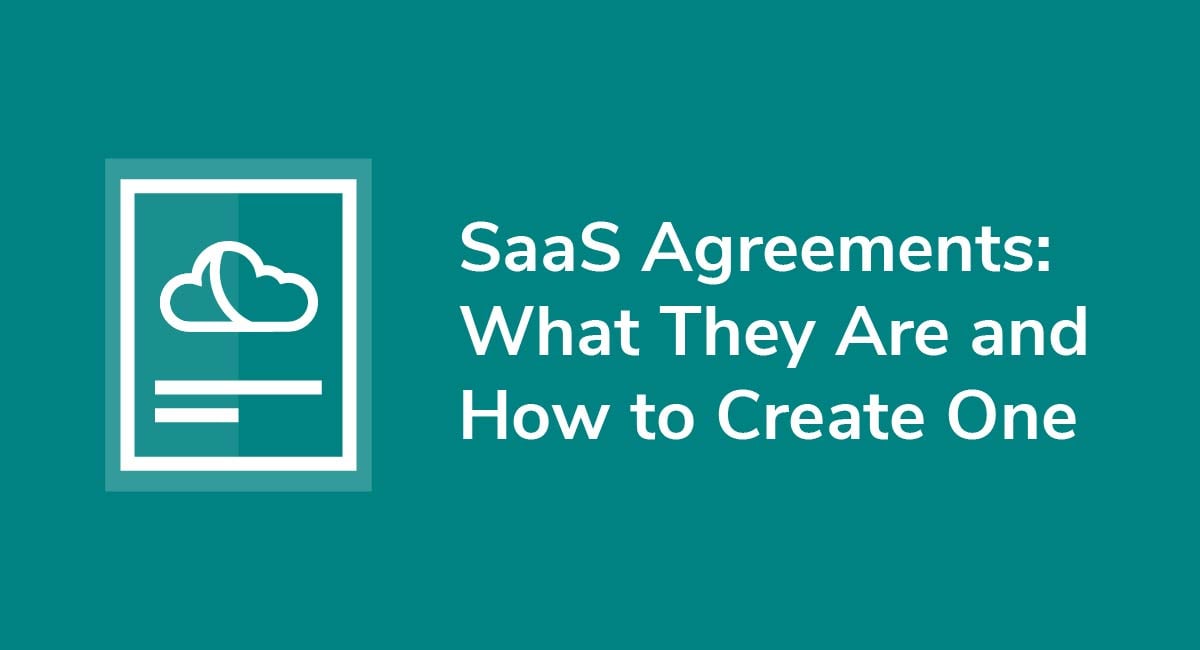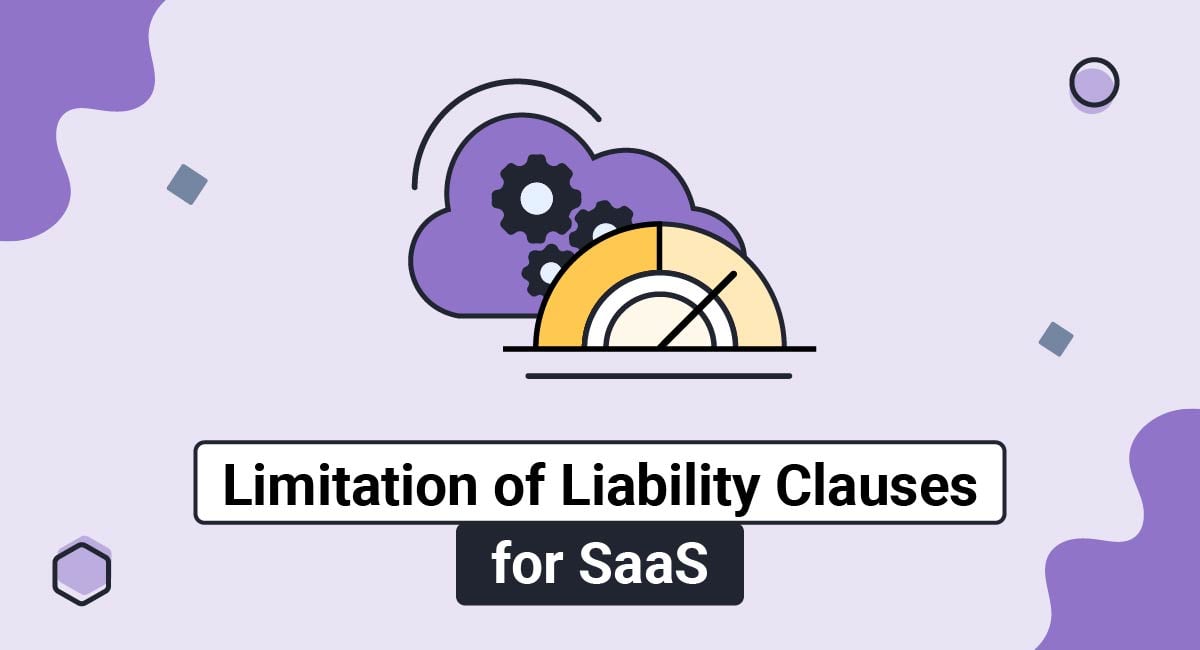SaaS software, or Software as a Service, has changed how businesses operate. It offers many benefits, but it also comes with limitations.
SaaS software is popular due to its ease of use and cost savings. Companies can access advanced tools without huge upfront investments. However, not everything is perfect. There are concerns about data security, control, and potential downtime. These issues can impact how effectively a business runs.
Understanding these limitations is crucial for making informed decisions. In this blog post, we will explore these challenges in detail. Stay with us to learn more about the potential drawbacks of SaaS and how they might affect your business.
Data Security Concerns
Adopting SaaS software brings many benefits. But there are some concerns too. One major worry is data security. Businesses must ensure their data stays safe. This section will cover three main concerns: privacy issues, compliance challenges, and overall security risks.
Privacy Issues
Using SaaS software means trusting third parties with your data. This can lead to privacy issues. Your data might be stored in different locations. This can include overseas data centers. Different regions have different privacy laws. This can complicate matters.
Another risk is unauthorized access. Hackers might target the SaaS provider. If they breach the system, your data is at risk. It is vital to know where and how your data is stored.
- Data storage location
- Different privacy laws
- Risk of unauthorized access
Compliance Challenges
Compliance with regulations is crucial. SaaS software can make compliance hard. Different industries have specific rules. For instance, the health sector must follow HIPAA. Financial firms must comply with GDPR.
The SaaS provider must meet these standards. Yet, it is your responsibility too. Ensure the provider follows necessary protocols. This involves regular audits and assessments. Compliance failure can lead to penalties.
| Industry | Regulation |
|---|---|
| Healthcare | HIPAA |
| Finance | GDPR |
Here are some key steps:
- Understand your industry regulations
- Choose compliant SaaS providers
- Regularly audit your SaaS services

Credit: www.privacypolicies.com
Limited Customization
One of the significant limitations of SaaS software is limited customization. Many users face challenges when trying to tailor the software to fit their unique needs. This limitation can impact the efficiency and effectiveness of the software for certain businesses.
Generic Solutions
Most SaaS products offer generic solutions that aim to serve a broad audience. These solutions often lack the depth needed for specific industries. They are designed to work well for many users, but they may not address niche requirements.
For instance, a generic CRM tool might not have the advanced features needed by a specialized sales team. The result is that businesses must adapt their processes to fit the software. This can lead to inefficiencies and frustration among users.
User-specific Needs
Every business has user-specific needs that generic SaaS solutions might not meet. Customization helps align software with unique workflows and processes. Without this, the software might not support the business as effectively as needed.
Consider a company that requires unique reporting features. A standard SaaS tool may not provide these. This can force the business to use additional tools or manual processes. Both of which can be time-consuming and error-prone.
Additionally, limited customization can hinder the ability to integrate the SaaS solution with other software tools. This creates silos of information and reduces overall efficiency.
Dependence On Internet Connectivity
One of the main limitations of SaaS software is its dependence on internet connectivity. This reliance can create challenges for businesses and users. Let’s explore some of the key issues that arise due to this dependence.
Downtime Risks
Downtime can be a major concern with SaaS software. When the internet connection is down, access to the software is lost. This can lead to disruptions in business operations. Companies may face productivity losses during these periods.
Common causes of downtime include:
- Internet service provider issues
- Scheduled maintenance
- Unexpected technical glitches
It’s important for businesses to have contingency plans. This can help minimize the impact of downtime.
Speed And Performance
The speed and performance of SaaS applications are closely tied to internet connectivity. Slow internet speeds can result in poor user experiences. Tasks may take longer to complete, affecting overall efficiency.
Factors that affect speed and performance include:
| Factor | Impact |
|---|---|
| Bandwidth | Higher bandwidth provides better performance |
| Latency | Lower latency reduces delays |
| Network Congestion | Congestion can slow down connections |
Businesses need to ensure they have a reliable and fast internet connection. This is vital for optimal performance of SaaS applications.
Integration Challenges
One significant limitation of SaaS software is integration challenges. Integrating SaaS solutions with existing systems can be complex. This process often involves ensuring that different software products work together seamlessly. Let’s explore the common integration challenges, focusing on compatibility issues and complex implementation.
Compatibility Issues
Compatibility issues arise when SaaS software does not align with existing systems. Each software solution has its own set of protocols. These protocols may conflict with those of another system. This can lead to data mismatches. Or even worse, complete system failures. Compatibility issues can also slow down business processes. Finding compatible software can be a time-consuming task.
Complex Implementation
Implementing SaaS software can be a complex process. It often requires significant changes to existing systems. Businesses may need to reconfigure their IT infrastructure. This process can be costly and time-consuming. It may also require specialized skills. Employees might need training to adapt to the new system. Complex implementation can disrupt daily operations. This can result in lost productivity. Organizations must plan carefully to minimize disruptions.
Scalability Constraints
Scalability constraints refer to the limitations that SaaS software can encounter as a business grows. While SaaS solutions offer flexibility and ease of use, they may not always scale seamlessly with expanding business needs. Understanding these constraints can help businesses plan better and choose the right solutions.
Growing Business Needs
As a business expands, its software requirements evolve. What worked for a small team may not work for a larger organization. SaaS software might struggle to meet increasing demands. This can lead to performance issues, slower response times, and reduced efficiency.
Consider a scenario where a company grows from 50 to 500 employees. The increase in users can overwhelm the SaaS application. This results in bottlenecks and degraded performance. SaaS providers may offer tiered plans. But these plans may not fully address specific business needs.
Resource Allocation
Resource allocation is another critical aspect of scalability. SaaS solutions often share resources among many users. This can lead to competition for resources, especially during peak usage times. The result? Slower performance and decreased productivity.
Businesses need to analyze their resource needs. They should ensure the SaaS provider can allocate sufficient resources. If not, the business may face challenges in maintaining seamless operations. This can be particularly problematic for businesses with fluctuating workloads.
Below is a table illustrating typical resource allocation issues:
| Issue | Impact |
|---|---|
| Peak Usage | Slower Performance |
| Limited Bandwidth | Reduced Efficiency |
| Resource Competition | Bottlenecks |
Planning for growth and resource allocation is vital. Businesses must assess their long-term needs. They should select a SaaS solution that can scale accordingly.

Credit: www.termsfeed.com
Vendor Lock-in
Vendor lock-in is a significant limitation of SaaS software. It refers to the difficulty of moving to another vendor once you start using a particular SaaS solution. This can create challenges and extra costs for businesses.
Switching Difficulties
Switching from one SaaS provider to another is not easy. This process often involves data migration. Data migration can be time-consuming and complex. Different platforms may use different data formats. Ensuring compatibility can become a major task. Staff needs to learn new software. This can slow down productivity.
Cost Implications
Switching SaaS providers can also be expensive. There may be fees for terminating the current service. New providers might charge setup fees. Training staff on the new system adds costs. These costs can add up quickly. Businesses must consider these expenses carefully.
Hidden Costs
While SaaS software provides many benefits, it is important to be aware of hidden costs. These costs can accumulate over time and impact your budget. Two common areas where hidden costs occur are subscription fees and additional charges.
Subscription Fees
One of the primary costs of SaaS software is the subscription fee. This fee is typically charged on a monthly or yearly basis. While the initial fee might seem affordable, it can add up over time. Companies must carefully evaluate their needs and the value they receive from the software.
Here is a simple table illustrating potential subscription costs:
| Subscription Plan | Monthly Cost | Yearly Cost |
|---|---|---|
| Basic | $10 | $120 |
| Pro | $30 | $360 |
| Enterprise | $100 | $1200 |
Additional Charges
Besides subscription fees, there are often additional charges associated with SaaS software. These charges can come from various sources, such as:
- Extra storage
- Additional users
- Premium support
- Third-party integrations
These costs can accumulate quickly. It’s crucial to understand what is included in your subscription and what will cost extra. Consider these factors when budgeting for SaaS software.
Here is an example of potential additional charges:
| Service | Cost |
|---|---|
| Extra storage (per GB) | $2 |
| Additional user (per month) | $5 |
| Premium support (per month) | $20 |
| Third-party integration | Varies |
Understanding these hidden costs can help you make an informed decision about SaaS software. Ensure you account for both subscription fees and additional charges.
Limited Control
Limited control is a significant drawback of SaaS software. Businesses often find they have less flexibility. This can impact their overall operations and efficiency.
Dependency On Provider
Using SaaS means relying heavily on the service provider. If the provider experiences issues, your business might suffer. This dependency can be risky. It can lead to downtime and disrupted workflows. Your business is at the mercy of the provider’s service quality.
Restricted Access
SaaS software often comes with restricted access. Users may not have full control over the software. This can limit customization options. Businesses might find it hard to tweak the software to their specific needs. You rely on the provider’s updates and features.
This lack of control can be frustrating. Especially for businesses that need specific functionalities. It limits the potential to optimize the software for unique processes.

Credit: munichre-jobs.com
Frequently Asked Questions
What Are Common Limitations Of Saas Software?
SaaS software often faces issues like limited customization, dependency on internet connectivity, and potential data security concerns. These limitations can affect user experience and productivity.
How Does Internet Dependency Impact Saas?
Internet dependency can cause disruptions if the connection is unstable. It can lead to downtime and hinder user access to essential services.
Is Data Security A Concern With Saas?
Yes, data security is a significant concern with SaaS. Users must rely on the provider’s security measures to protect sensitive information.
Can Saas Software Be Customized?
SaaS software typically offers limited customization. Users may not be able to modify the software extensively to meet specific needs.
Conclusion
SaaS software offers many benefits but has its limitations. Data security can be a concern. Internet dependency might cause access issues. Customization options are often limited. Integration with other tools can be challenging. Costs can add up over time. Understanding these limitations helps in making informed decisions.
Choose wisely based on your specific needs. Balancing benefits and drawbacks ensures better software choices. Always evaluate your unique requirements before committing.